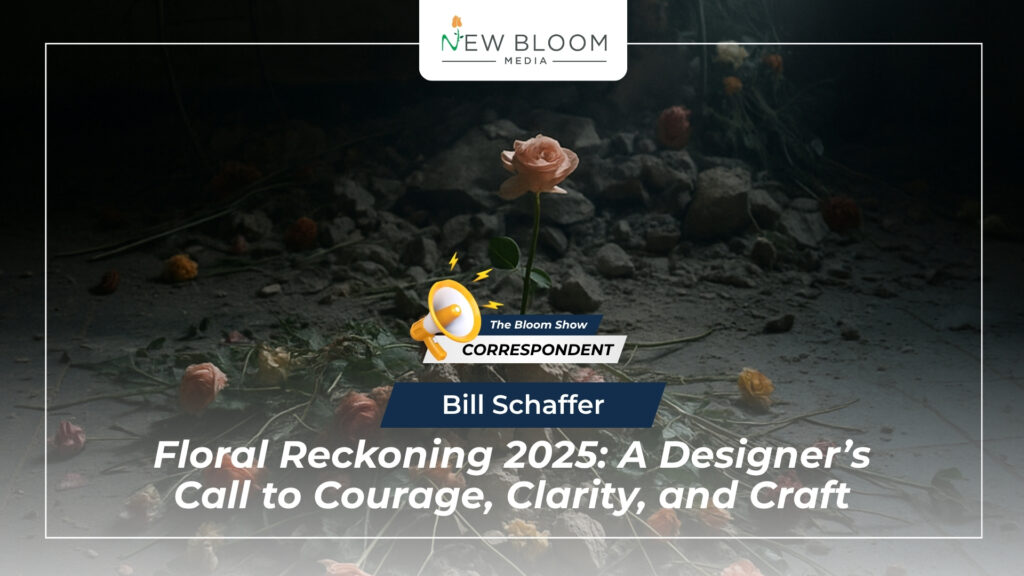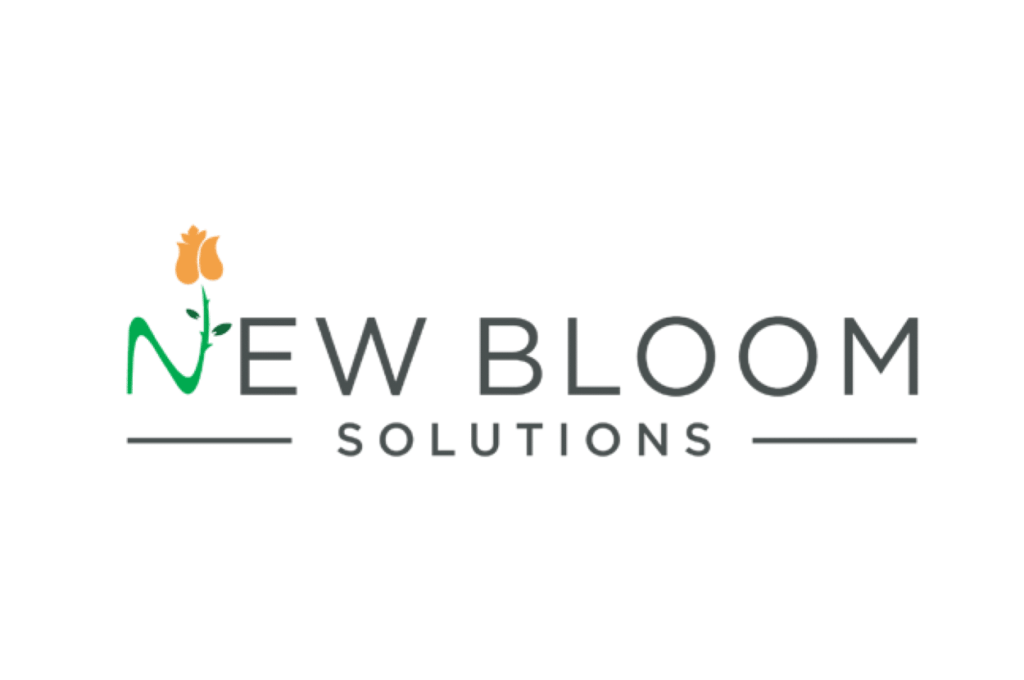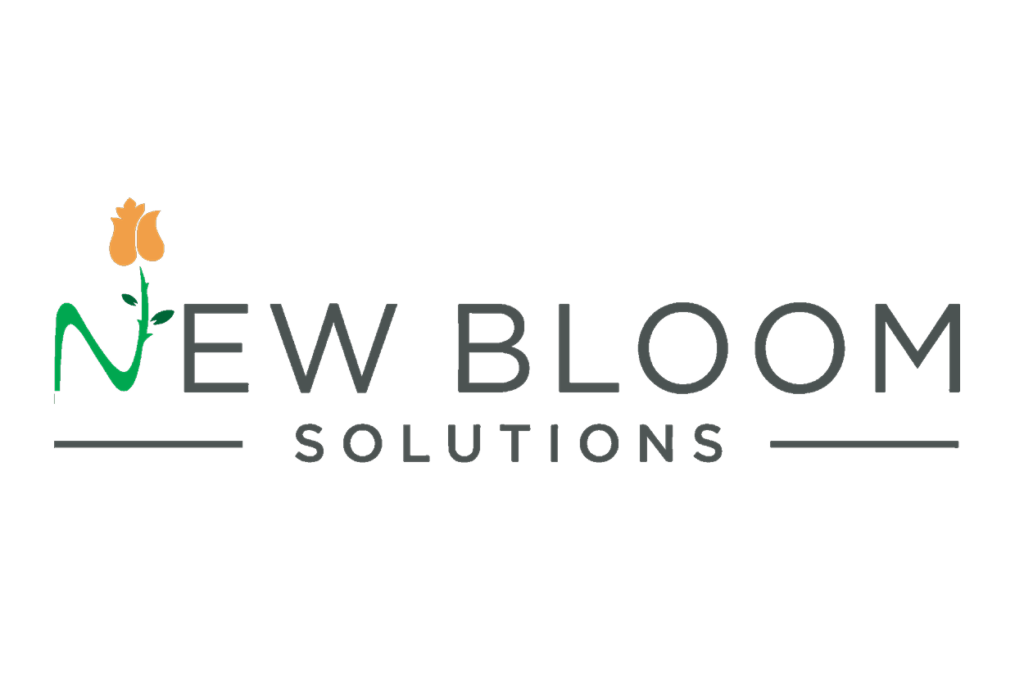The 2025 holiday season has arrived not as a celebration but as a test. For florists, event designers, and bouquet brands alike, this is the year when the gap between artistry and profitability can no longer be ignored. The warning signs were clear in 2024: rising costs, fragile supply chains, and a customer who now buys emotion only when it feels like value. The message is simple: what worked before will not work again.
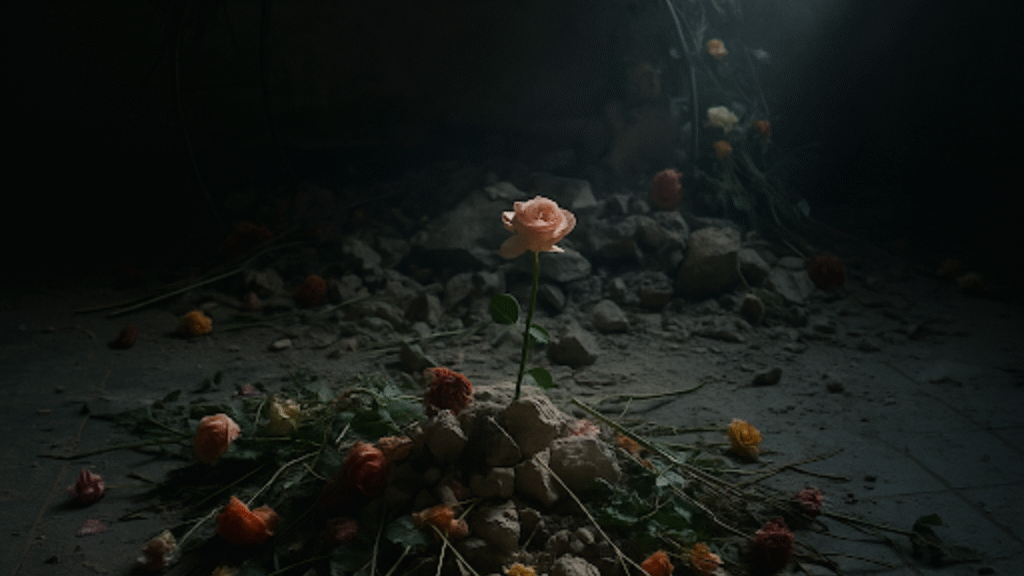
Designers and shop owners are stepping into the most competitive retail climate in decades. Technology has reshaped every category, and data now guides decisions once left to instinct. Instinct still matters, but in 2025, intuition must be verified by numbers. Every stem must justify its space, every hour of labor must contribute to a margin, and every display must tell a story that converts.
Today’s floral customer expects transparency, quality, and authenticity. They want to know where the flowers come from, why they cost what they do, and what feeling they represent. The romantic promise, they’re beautiful, they’ll make you smile, is no longer enough. Buyers want a design that reflects their own identity. They purchase when they see themselves in the palette, the packaging, or the purpose. According to IFPA’s 2025 Floral Industry Trends report, consumers increasingly prefer flowers that reflect personal style and emotional meaning, not only freshness.
The industry’s old habit of overfilling coolers is a slow leak on profitability. In 2025, restraint becomes strategy. Smaller, curated collections with recognizable structure outperform variety for its own sake. Each price point needs a hero: an under-fifteen-dollar grab-and-go, a mid-tier favorite, and a premium piece that earns its tag through scale and craftsmanship. When in doubt, simplify. Space, when used with intention, is a form of confidence. Insights from IFPA and Kantar suggest that targeted assortment optimization in supermarket floral departments can drive improved performance.
Independent studios, event companies, and mass-market bouquet brands are no longer distinct worlds. The best shops borrow the efficiency of grocery programs; the smartest retailers borrow the heart of boutique studios. Success now belongs to those who merge creativity with discipline. The customer doesn’t care whether you’re local or global, only that what you sell feels human.
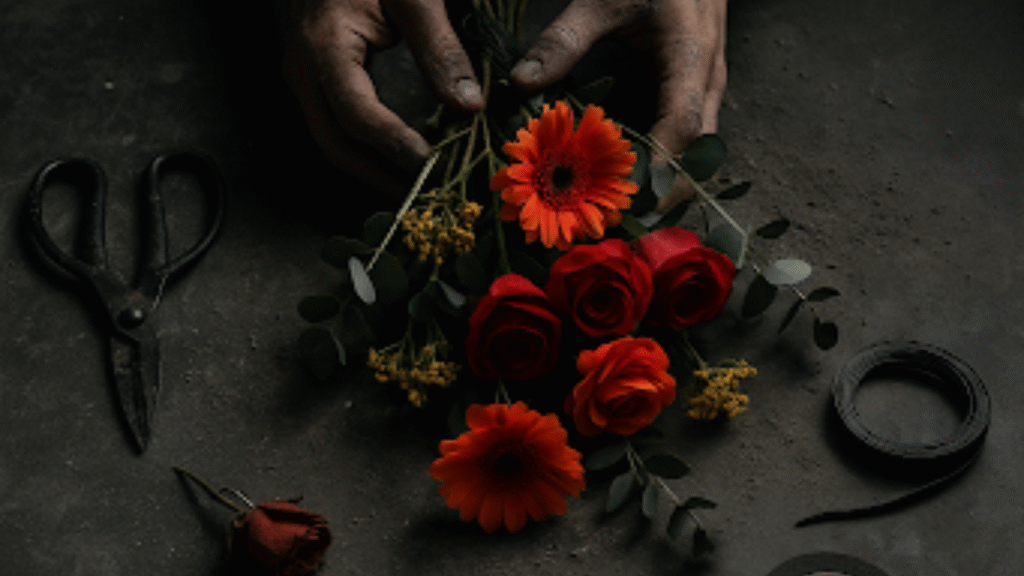
Perceived worth begins visually. A clean sleeve, clear price tag, and visible freshness signal trust before a single word is spoken. The same bouquet that looks careless in a bucket can look luxurious in consistent packaging. Presentation is not vanity; it’s brand language. Design tells customers whether your promise can be believed. Retail merchandising research consistently shows that transparent pricing and coherent branding strengthen consumer trust in-store.
Creative burnout has become one of the industry’s silent crises. Many designers carry the emotional and operational load of entire businesses. Leadership is the cure. Teach staff not only to design but to understand margin, movement, and purpose. A designer who grasps cost structure is an asset; one who doesn’t is an expense the modern market can no longer absorb.
Every display speaks, whether intentionally or not. The stores winning this season tell one clear story per table. Palettes are disciplined, signage purposeful, and lighting treated like punctuation. Messages such as Home Is in Bloom or Winter Made Personal remind shoppers that flowers are more than décor, they’re identity in physical form.
Your history is your blueprint. Look at what truly sold, not what you wished had sold. Treat data as a design material, as real and revealing as texture or tone. Those who analyze their numbers with creativity will outpace those who hide behind habit. Florists’ Review frequently underscores that leading florists rely on point-of-sale analytics and frequent data review, rather than relying solely on intuition.

The future of floristry is shared. Forward-thinking shops are forming alliances, pooling freight, sharing coolers, and co-hosting pop-ups that teach customers what quality really means. Collaboration reduces waste, raises standards, and amplifies visibility. The isolation that once felt like independence now looks like risk.
Every arrangement that leaves your hands represents the craft. Careless work damages collective trust; intentional work restores it. Clean water, balance, and color harmony aren’t technicalities; they’re credibility. Beauty isn’t a luxury product; it’s proof that care still matters.
The event world is evolving fast. Corporate budgets are leaner, but expectations are higher. Luxury clients now demand originality with transparency: why this flower, why this form, why this material. In 2025, storytelling replaces spectacle. The new measure of success is not size but significance.
Bouquet programs must now compete with the boutique aesthetic that social media has normalized. A sleeve design or color story can build loyalty faster than a discount. Humanize the brand, people buy people, not barcodes. The difference between “mass” and “meaningful” is how clearly you communicate care. Packaging design research indicates that perceived craftsmanship and design aesthetics can significantly influence repurchase intention, aligning with trends in floral sleeve design.
Reckoning doesn’t mean decline; it means clarity. The floral industry remains one of the few that still trades in emotion, and emotion is currency that never depreciates. What changes now is how responsibly we manage it. Simpler assortments, honest pricing, shared learning, and disciplined design are not constraints; they’re how we protect beauty itself.
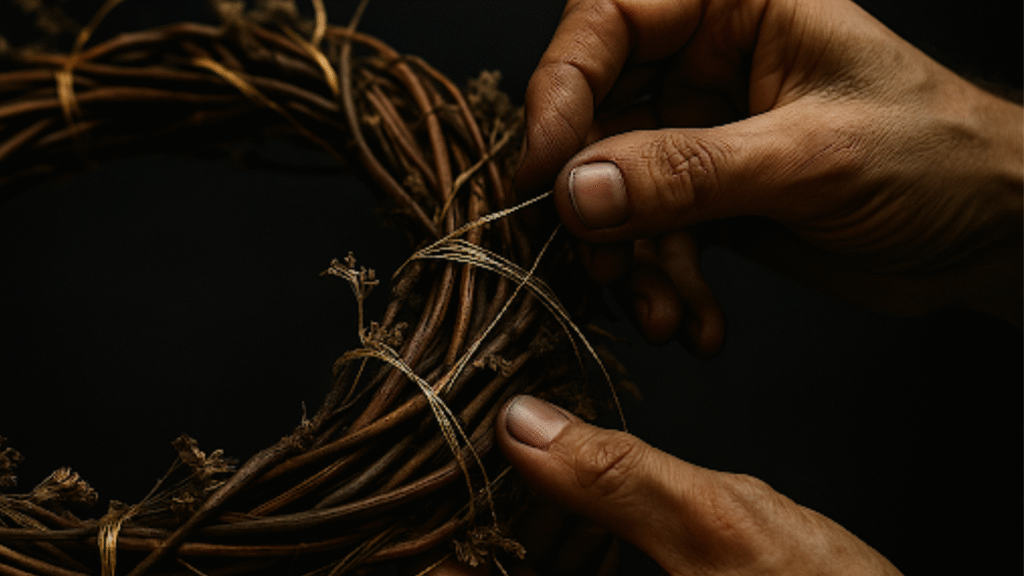
Every stem is a decision. Every display is a statement. Every designer is a messenger. The 2025 holiday season will test how sincerely we believe that. Those who meet it with courage, clarity, and craft will walk into 2026 not just surviving, but leading. In markets where differentiation counts, vendor data, export trends, and internal margins all point to the same conclusion: creative discipline is becoming the new standard of leadership.
About the Author
Bill Schaffer is a third-generation floral designer celebrating 100 years of family legacy in the floral industry. With over three decades of experience, he is known globally for his work in trend forecasting, product development, and large-scale event design. Alongside his wife and creative partner, Kristine Kratt, Bill has collaborated on exhibitions and educational events across Europe, the Americas, and Asia. As a longtime Project Consultant for the GEMS Group, he has helped shape innovation in mass-market bouquets and floral design. His installations have earned international recognition, including serving as the first Legacy Exhibitor at the Philadelphia Flower Show and the inaugural lead floral designer for the Oman Flower Festival. In 2026, Bill and Kris will appear as featured floral artists at Floralien Ghent in Belgium.
Published by New Bloom Media
New Bloom Media (NBM) is the first multi-channel B2B media platform dedicated solely to the floral industry across the Americas. Through thought leadership, industry insights, and collaborative storytelling, NBM helps businesses innovate, connect, and thrive.
Want more floral industry insights?
Subscribe to our newsletter for exclusive interviews, market updates, and innovation spotlights delivered straight to your inbox.

